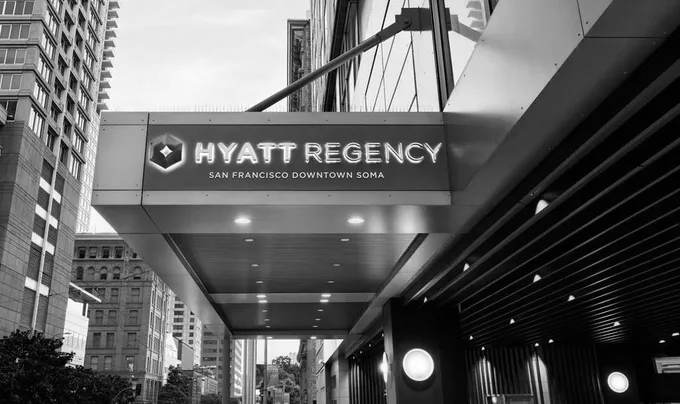Revenue loss often goes unnoticed, lacking physical signs but leading to long-term negative consequences. Revenue leakage, typically due to underbilling, affects 42% of companies, according to MGI. This unnoticed loss can accumulate to significant amounts over time, impacting the bottom line.
Subscription businesses are particularly vulnerable due to multiple purchase streams, varied billing dates, and product packages. Missed renewals are another major cause. Manual or outdated billing systems exacerbate the problem.
Proactively addressing revenue leakage involves identifying its causes and spotting early warning signs. A robust revenue assurance approach helps organizations prevent loss and confidently scale their business.
Reasons You Are Losing Revenue
Tracking invoices is manageable with simple subscriptions, but as your business scales and billing models become complex, accurate billing becomes challenging. Growth necessitates offering personalized or consumption-based billing models. Without upgrading to an advanced billing system, you risk missing billing opportunities and losing revenue. Ensuring your billing system can handle these complexities is crucial to maintaining accurate and complete revenue tracking as you grow.
1. Manual Billing Processes
Using spreadsheets for billing leads to revenue loss due to errors and high administrative overhead. Manual processes are prone to mistakes and can’t easily handle complex billing models or automatically adjust for overages, surcharges, and discounts. This results in inaccuracies and revenue leakage. Automating billing processes is crucial for accuracy, efficiency, and generating detailed billing reports. Upgrading to an advanced billing system helps manage complexities and ensures accurate billing, reducing revenue loss.
2. Billing Inaccuracies
Manual invoicing is inefficient and prone to errors, often leading to missed billing cycles and incorrect invoices. Underbilling reduces revenue, while overbilling erodes customer trust and may cause churn. Switching to an automated billing system is essential for scaling, as it ensures accurate, reliable invoices using real-time data. Automation eliminates revenue loss associated with manual billing and supports precise billing practices.
3. Varied Pricing Requirements
Managing different payment methods and contract terms for international customers is challenging without an optimized billing system. Manual updates to pricing can lead to errors and revenue loss. Special contract terms with different pricing also need automated tracking to ensure accuracy. An automated billing process helps manage varied pricing requirements efficiently, preventing revenue loss and ensuring all contract terms are accurately reflected in billing.
4. Involuntary Churn
Customers may involuntarily churn due to failed payments from insufficient funds, expired cards, or other reasons. Often, these failures go unnoticed by customers, leading to unintentional churn. This results in lost revenue from missed payments and future transactions.
Implementing an automated dunning strategy can mitigate this issue. An effective strategy will retry failed payments and automatically update card information using account updater features. This helps retain customers and secure ongoing revenue by addressing payment failures promptly.
Automate Your Billing Process with LogiSense
LogiSense offers a reliable and scalable billing solution designed to handle complex billing needs. Our platform ensures accurate invoicing, automated dunning strategies, and seamless integration with your existing systems. With LogiSense, you can confidently address revenue leaks and enhance your billing efficiency.
Contact us today to learn how LogiSense can help with optimizing your billing processes, prevent revenue loss, and improve your financial performance.
I lead the Global Services charge for LogiSense. My strong leadership skills and work ethic have been instrumental in creating the high level of customer reference-ability and reputation for service that LogiSense has achieved.





Leave a Reply